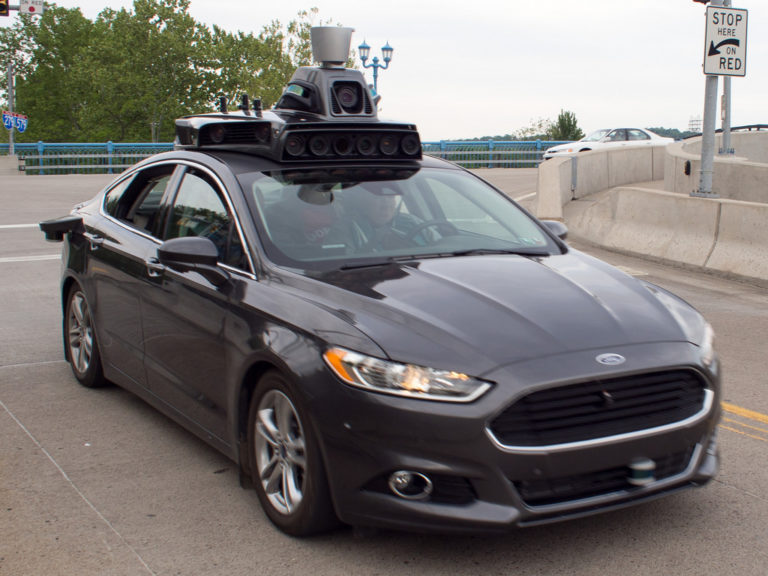
The idea of driverless cars was science fiction just ten years ago. Then a team of scientists from Carnegie-Mellon University entered DARPA’s Grand Challenge to build a vehicle that would self-navigate around a course set up by the agency in 2007. Their vehicle used a new type of machine learning software that allowed the car to learn where to go, and where not to go, a little bit like a human.
Since then, the market has proliferated. Practically every company in the auto industry is now either working on its own self-driving technology or working with a tech partner to implement it in its cars. The leading company right now is Tesla, which should come as no surprise, given the company’s agility and the fact that it was founded by people who worked intimately with software for many years. By 2018, we should have a vehicle approaching full autonomy.
Other car makers are more cautious. They want the technology to be more refined before sending it out onto the road. Both Volvo and Ford have set the early 2020s as a target for the first true “level 5” full autonomous vehicles going into production.
The hope of car makers is that autonomous vehicles will finally make their products safe. Every year millions of people suffer injury as a result of a private or company vehicle accident, causing an enormous amount of suffering. But manufacturers are worried that early forays into self-driving technology by the likes of Tesla will lead to disaster and will push regulators and the public to reject self-driving technology as unsafe.
Just this week there has been some high-profile news highlighting the dangers of implementing self-driving technology too quickly. Uber, the ridesharing app company, has been trialing a new wave of driverless Uber taxis which it hopes will replace traditional human drivers and provide cheaper services for its customers. Just this week, however, an Uber self-driving car rolled over on an Arizona road after colliding with another vehicle. The data logs on the vehicle showed that the crash wasn’t actually Uber’s fault. But given how quickly the press got on top of the story indicates just how closely the media is keeping an eye on autonomous technology. We never hear about the thousands of accidents between humans drivers that occur every day. But if there is just one autonomous accident, it’s all over the papers and in the news.
The impact that autonomous vehicles will have on human life is already being discussed in the halls of government. Recently, The Hill, a news organization that focuses on events in Washington, reported on how Congress is now turning its attention to the new technology. And they should. Autonomy isn’t just going to make the roads safer and allow people to safely use their phones while being driven. It’s also going to fundamentally remake our society and how it looks. Millions of driving jobs will evaporate. Parking lots will become superfluous. New roads won’t need to be built. And public buses might soon become a thing of the past.
